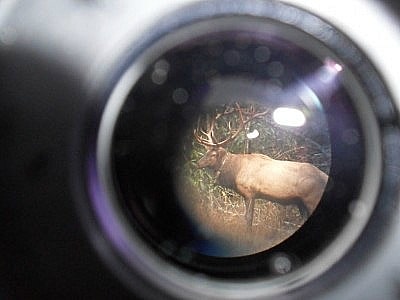
by Renee Owen | Oct 30, 2011 | Director's Blog
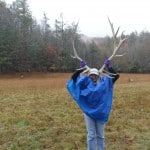
Renee being one with the elk. There is a herd in the meadow.
I just spent two days with teachers in the Great Smoky Mountains on an Elk Trek. It was stunning! I can’t wait to take a group of Rainbow students to some of the same spots! We saw the head bull with his “harem.” We saw males sparring, heard bulls bugling, and watched their herd behavior in the frosty, below freezing high elevation weather. We were outside from 6 am in the morning until 7 pm at night, which is a great way to feel connected to Mother Earth.
Other great sightings: Barred owl, black bear, grouse, wild turkeys, downy woodpecker.
We also learned about some of the effects of air pollution. Snails are believed to be negatively affected by air pollution, because acid rain causes calcium to be leached out of the soil, weakening their shells. Therefore, the snail population is a possible indicator of air quality. Ranger, Susan Sachs, trained us to identify various species of snails. We hunted for snails and collected the data. I found the smallest one — about the size of a pinhead.
Also affected by air pollution are lichens. In teams, we measured the growth and/or decline of lichen on specific trees. Did you know there are over 100 varieties of lichen in the Smoky Mountains?
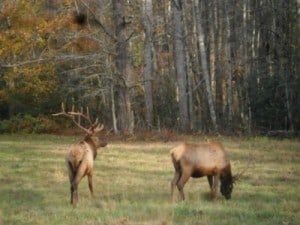
Two bull elk. The elk were re-introduced to the Smokey Mountains in 2001 and 2002. 57 elk were brought in. The herd is now about 150 and growing.
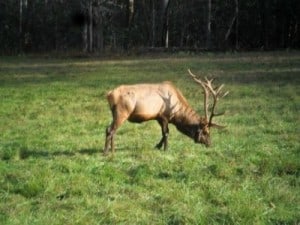
an average-sized bull elk

An adult bull as seen through a scope
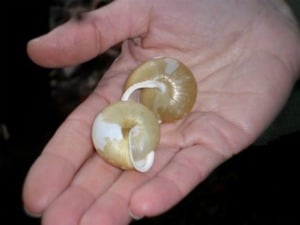
We found 45 snails. This is data that middle school kids and teachers collect for the park service to monitor the effect of air quality on snails.
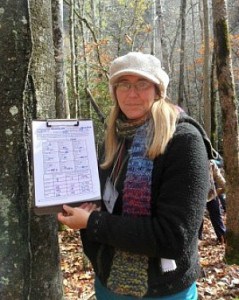
Liking lichen: Standing next to the black birch with the lichen data our my team collected.
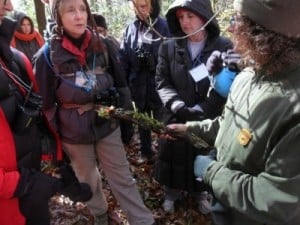
Ranger, Susan Sachs showing us fruticose lichen. Fruticose lichen is sensitive to air pollution.

by Renee Owen | Oct 27, 2011 | News
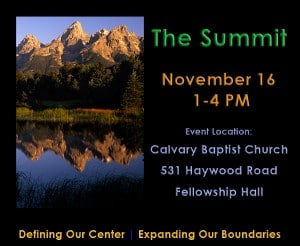 The Summit is a gathering of Rainbow Mountain parents and children and Asheville community members to co-create the future of Rainbow Mountain. The Summit is Phase I of a journey to define our center and to design future directions for RMCS. This is a unique opportunity for you to share your invaluable wisdom and dreams for the school, our children, education and the world. Get info here
The Summit is a gathering of Rainbow Mountain parents and children and Asheville community members to co-create the future of Rainbow Mountain. The Summit is Phase I of a journey to define our center and to design future directions for RMCS. This is a unique opportunity for you to share your invaluable wisdom and dreams for the school, our children, education and the world. Get info here
Where
Calvary Baptist Church
Fellowship Hall
531 Haywood Road
Asheville, NC 28806
When
November 16, 1-4 PM

by Renee Owen | Oct 24, 2011 | News


Join us this Saturday, 29 October on the school grounds from 12 to 3:30 for our annual Halloween Harvest Hoe Down.
There will be live music, a magic show, bouncy houses, cake walk, a haunted house, activities, a kid’s raffle food and more. Tickets for food and activities will be on sale for a dollar each or 12 for $10.
This is a great community event. All are welcome.

by Renee Owen | Oct 20, 2011 | Director's Blog
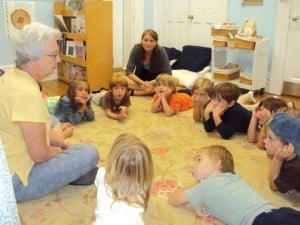
Oral storytelling is a rich tradition in the human race, and an important aspect of the curriculum at Rainbow Mountain. Reading stories from books is valuable, but when a someone tells a story orally something magical happens. They storyteller has no book between her heart and the children, so she is sharing openly, without any barriers. The children are not distracted by trying to see the pages or photos, nor can they rely on the photos to tell the story. This increases their listening skills and their imagination, as they create their own pictures in their heads. Oral storytelling is an important precurser to reading for very young children, as it helps them develop comprehension and plot development.
Ruth Shackelton is our storyteller at Rainbow Mountain Children’s School. She tells a story almost every day to one of the classes. Teachers often ask her to introduce a unit with a story. For example, at the beginning of the author’s unit in second grade (when students write and illustrate their own books) she tells a story about the first time humans communicated in “writing.” Her repertoire of stories is endless, and her storytelling style rivots the children’s attention. (See all eyes on Ruth in the photo above).

by Renee Owen | Oct 4, 2011 | News
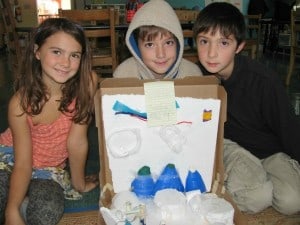 Exploration; it holds excitement and adventure even when done from a third grade classroom. The 3rd grade Eagles recently set off for a global trek. First they studied their maps, longitude and latitude, landforms and continents. Then they packed their sunglasses and toothbrushes and set off to study all the various biomes and the differences between them. They compared human structures, animals, plants and climates within the biomes. After all the data and craft supplies were gathered the Eagles formed small expedition teams and constructed models of the Sahara Desert, the North American grasslands, the Amazon Rainforest, the Ocean (I think it was the Pacific) and the Arctic. They placed them on the flat earth (their classroom carpet) in the correct locations, added an equator and invited the rest of the school to travel the world in 15 minutes. Here are the highlights:
Exploration; it holds excitement and adventure even when done from a third grade classroom. The 3rd grade Eagles recently set off for a global trek. First they studied their maps, longitude and latitude, landforms and continents. Then they packed their sunglasses and toothbrushes and set off to study all the various biomes and the differences between them. They compared human structures, animals, plants and climates within the biomes. After all the data and craft supplies were gathered the Eagles formed small expedition teams and constructed models of the Sahara Desert, the North American grasslands, the Amazon Rainforest, the Ocean (I think it was the Pacific) and the Arctic. They placed them on the flat earth (their classroom carpet) in the correct locations, added an equator and invited the rest of the school to travel the world in 15 minutes. Here are the highlights:
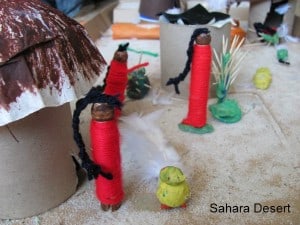

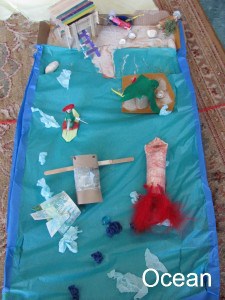
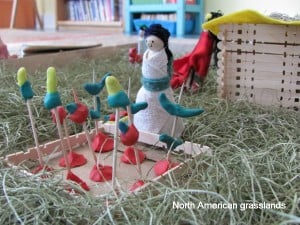

















 Exploration; it holds excitement and adventure even when done from a third grade classroom. The 3rd grade Eagles recently set off for a global trek. First they studied their maps, longitude and latitude, landforms and continents. Then they packed their sunglasses and toothbrushes and set off to study all the various biomes and the differences between them. They compared human structures, animals, plants and climates within the biomes. After all the data and craft supplies were gathered the Eagles formed small expedition teams and constructed models of the Sahara Desert, the North American grasslands, the Amazon Rainforest, the Ocean (I think it was the Pacific) and the Arctic. They placed them on the flat earth (their classroom carpet) in the correct locations, added an equator and invited the rest of the school to travel the world in 15 minutes. Here are the highlights:
Exploration; it holds excitement and adventure even when done from a third grade classroom. The 3rd grade Eagles recently set off for a global trek. First they studied their maps, longitude and latitude, landforms and continents. Then they packed their sunglasses and toothbrushes and set off to study all the various biomes and the differences between them. They compared human structures, animals, plants and climates within the biomes. After all the data and craft supplies were gathered the Eagles formed small expedition teams and constructed models of the Sahara Desert, the North American grasslands, the Amazon Rainforest, the Ocean (I think it was the Pacific) and the Arctic. They placed them on the flat earth (their classroom carpet) in the correct locations, added an equator and invited the rest of the school to travel the world in 15 minutes. Here are the highlights:










